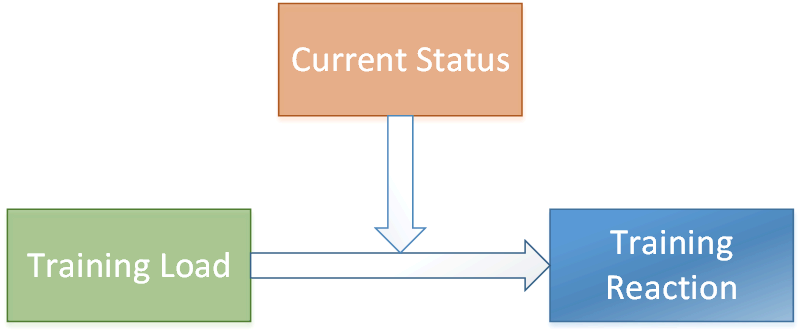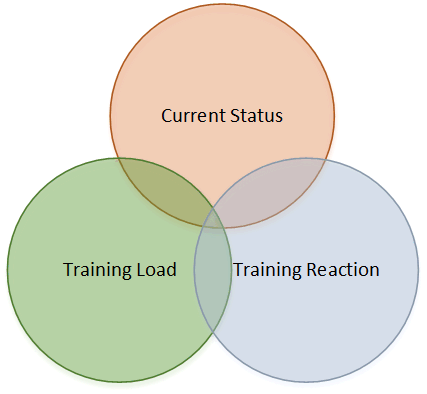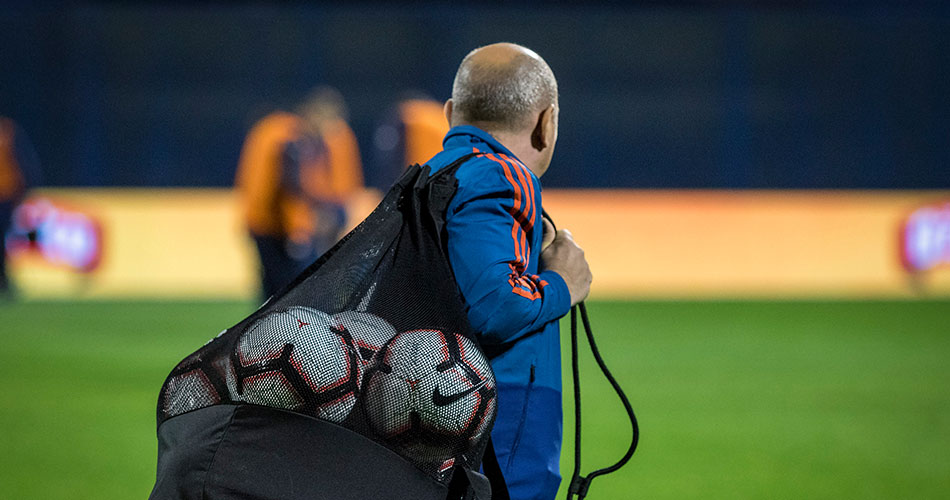Training Load Monitoring – Seeing the Big Picture
Recently numerous new devices and methods to measure training load and/or reaction to the same emerged. What I sometimes struggle with is making the sense of it all, or at least creating a classification system, or buckets with which I can organize them into something that seems logical and useful.
That is exactly what I will try to do in this article: provide a ‘simple’ filing system (or productivity system) to get the big picture.
I already mentioned it in the introduction, but basically we have three components: training load and reaction to that load, where current state and context moderates the interaction between the two.

Unfortunately, things are never that ‘linear’ with crisp boundaries: sometimes I am not really sure if certain measure represent training load, reaction to that load or current state. Take for example HR during training – working out at certain intensity represents training load, but at the same time HR represents reaction to the same load (hence in long term one want to see reduction in HR for that same workload; i.e. velocity of running) and also the current state (on ‘good’ days my HR might be lower and on good days higher) and context (hot and humid conditions vs. cold and dry).
Besides, we can look at all those components from multiple time-frames. Long story short, I believe that the following picture depicts things much better:

When it comes to training load I believe we have three components. Again they are not independent, but rather very connected and interrelated.

We tend to focus too much on physical aspects of training load, although others are indeed important. Reading Thinking Fast and Slow got me thinking about cognitive load and basically cognitive aspects of team sports – sport games. I tend to see those now as a continuum between physical aspects and cognitive aspect, where certain sports tend to gravitate more toward one side or the other. Training or culture wise, the training programs also tend to gravitate toward either extreme.

It is important to note that certain drills might not be physically hard, but they might demand a lot of focus and hence be very cognitively hard and cause ‘focus fatigue’ or ‘cognitive fatigue’. Playing friendly home with no audience and playing title game away in front of 100,000 people are completely two different things when it comes to both cognitive and emotional fatigue. Some studies by Marcora et al. also showed the relationship between mental/cognitive fatigue and physical performance.
It is important to note that, in my opinion, team sport athletes experience mental burnout (and coaches as well) far more often than they experience physical overtraining, if we can separate them to begin with. It sounds New Age, but things are indeed connected.











Responses